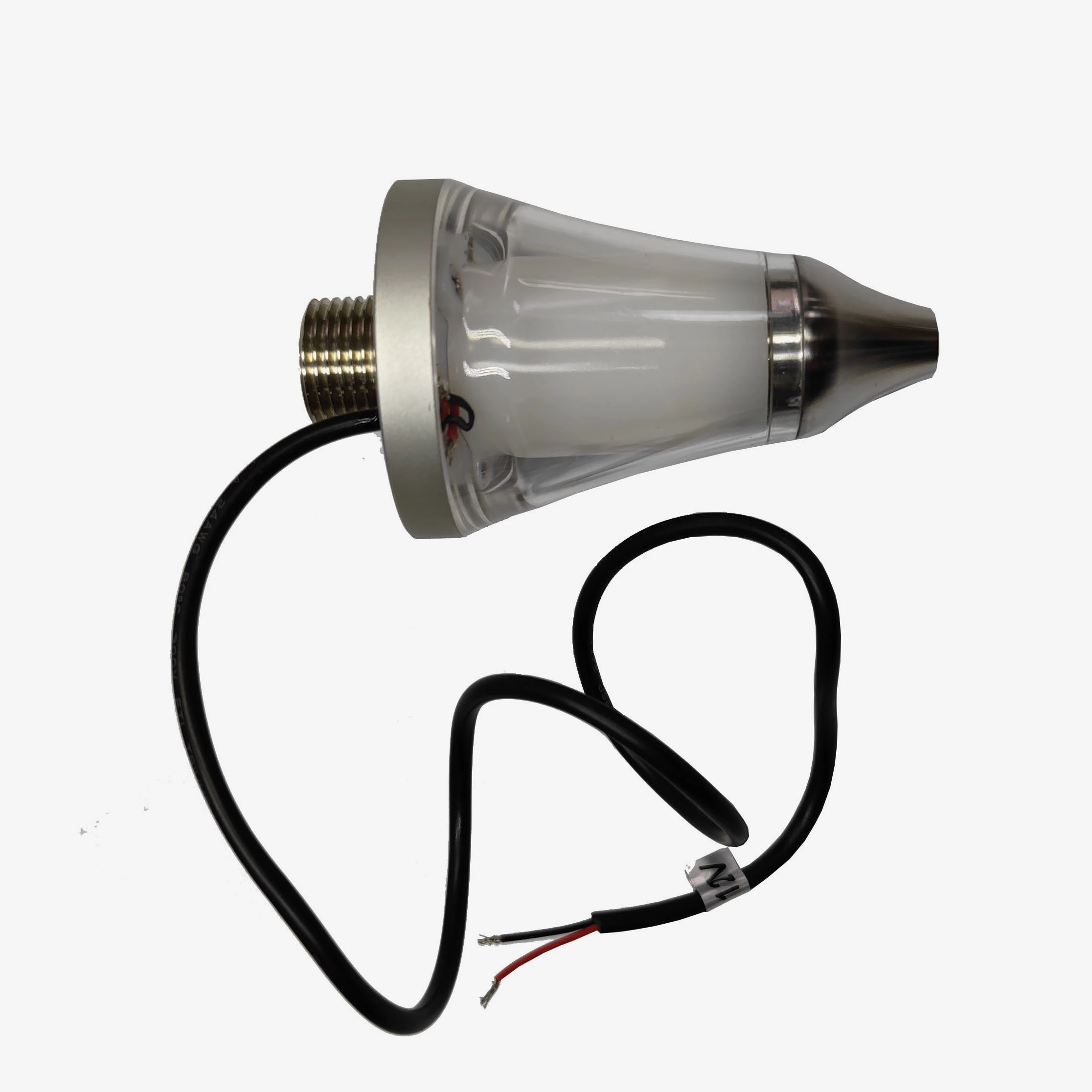Emerging Markets for UV LED Applications: Opportunities and Challenges
Ultraviolet (UV) LEDs have been gaining popularity in recent years due to their numerous advantages over traditional UV light sources. They offer higher efficiency, longer lifespan, and lower power consumption, making them an attractive option for various industries. As a result, UV LEDs are being adopted in a wide range of applications, from curing and disinfection to spectroscopy and medical treatment. This article will explore the emerging markets for UV LED Manufacturers highlighting the opportunities and challenges that lie ahead.
Emerging Markets for UV LED Applications
One of the fastest-growing markets for UV LEDs is the curing industry. UV LEDs are being used to cure inks, coatings, and adhesives in various applications, including printing, packaging, and manufacturing. The advantages of UV LEDs in curing include faster curing times, reduced energy consumption, and improved product quality. Another emerging market for UV LEDs is the disinfection industry. UV LEDs are being used to disinfect water, air, and surfaces in various applications, including healthcare, food processing, and wastewater treatment. The use of UV LEDs in disinfection offers numerous benefits, including reduced chemical usage, lower energy consumption, and improved safety.

Opportunities in the UV LED Market
The UV LED market is expected to experience significant growth in the coming years, driven by increasing demand from various industries. One of the key opportunities in the UV LED market is the growing demand for UV LEDs in the medical industry. UV LEDs are being used in various medical applications, including skin treatment, wound healing, and cancer treatment. The use of UV LEDs in medical applications offers numerous benefits, including reduced pain, improved outcomes, and lower costs. Another opportunity in the UV LED market is the increasing adoption of UV LEDs in the automotive industry. UV LEDs are being used in various automotive applications, including headlamps, interior lighting, and paint curing.
Challenges in the UV LED Market
Despite the numerous opportunities in the UV LED market, there are also several challenges that need to be addressed. One of the key challenges is the high cost of UV LEDs, which can make them less competitive with traditional UV light sources. Another challenge is the limited availability of UV LEDs with high power output and efficiency, which can limit their adoption in certain applications. Furthermore, the UV LED market is highly competitive, with numerous manufacturers competing for market share. This competition can lead to reduced profit margins and increased pressure to innovate and improve products.

Innovations in UV LED Technology
To address the challenges in the UV LED market, manufacturers are investing heavily in research and development to improve the performance and efficiency of UV LEDs. One of the key innovations in UV LED technology is the development of high-power UV LEDs with improved efficiency and lifespan. These LEDs are being used in various applications, including curing, disinfection, and medical treatment. Another innovation is the development of UV LEDs with specific wavelengths and spectral outputs, which can be tailored to specific applications. For example, UV LEDs with a wavelength of 365nm are being used in curing applications, while UV LEDs with a wavelength of 254nm are being used in disinfection applications.
Conclusion
In conclusion, the emerging markets for UV LED applications offer numerous opportunities for growth and innovation. The curing, disinfection, and medical industries are just a few examples of the many markets that are adopting UV LEDs due to their numerous advantages. However, the UV LED market also faces several challenges, including high costs, limited availability, and intense competition. To address these challenges, manufacturers are investing in research and development to improve the performance and efficiency of UV LEDs. As the UV LED market continues to grow and evolve, we can expect to see new and innovative applications emerge, driving further growth and adoption of this exciting technology.